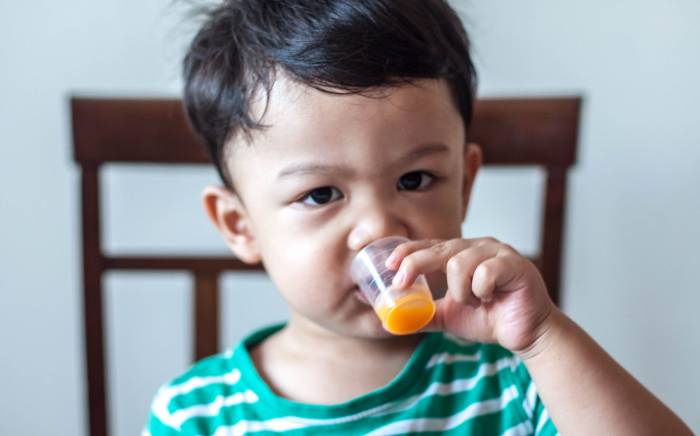Overview of JIA
Juvenile idiopathic arthritis (JIA) is the most common type of arthritis in children. Some children have arthritis for just a few months, while others have for several years. In rare cases, the condition lasts a lifetime. The exact cause of JIA is not known, however, researchers believe it is primarily an autoimmune disease.
The Six types of JIA
- Systemic JIA – affects the entire body, including the joints, skin and internal organs
- Oligoarticular JIA – affects less than five joints. Occurs in about half of all children with arthritis
- Polyarticular JIA – affects five or more joints
- Juvenile psoriatic arthritis – affects the joints and occurs with psoriasis
- Enthesitis-related JIA – involves bone meeting the tendons and ligaments
- Undifferentiated arthritis – involves symptoms that may span two or more subtypes or not fit any of the other subtypes
Symptoms of JIA
- Joint pain
- Stiffness
- Reduced range of motion
- Warm and swollen joints
- Limping
- Redness in the affected area
- Swollen lymph nodes
- Recurrent fevers
Diagnosis of JIA
Performing a thorough physical exam and requesting a detailed medical history. Various diagnostic tests:
- C-reactive protein test – measures the amount of C-reactive protein (CRP) in the blood. CRP is a substance the liver produces in response to inflammation.
- Rheumatoid factor test – detects the presence of rheumatoid factor, an antibody produced by the immune system.
- Antinuclear antibody – antibody to nucleic acid (DNA and RNA) that is primarily located in the cell nucleus.
- HLA-B27 test – detects a genetic marker that is associated with enthesitis-related JIA.
- X-ray or MRI scan – used to rule out other conditions that may be causing joint inflammation or pain, such as infections and fractures.
Treatment for JIA
Various treatments can effectively manage and minimize the effects of JIA. Healthcare providers usually recommend a combination of treatments to relieve pain and swelling and to maintain movement and strength. Examples are:
- Nonsteroidal anti-inflammatory drugs (NSAIDS) such as Advil and Aleve
- Stronger medications are often prescribed such as DMARDS: methotrexate, sulfasalazine, and leflunomide. Using DMARDS is recommended over NSAIDS alone.
- Biologics: abatacept, rituximab, tocilizumab, TNF inhibitors. Biologics work to directly target specific molecules or proteins that are involved in the disease process. Treatment with biologics may be combined with DMARD treatment.









